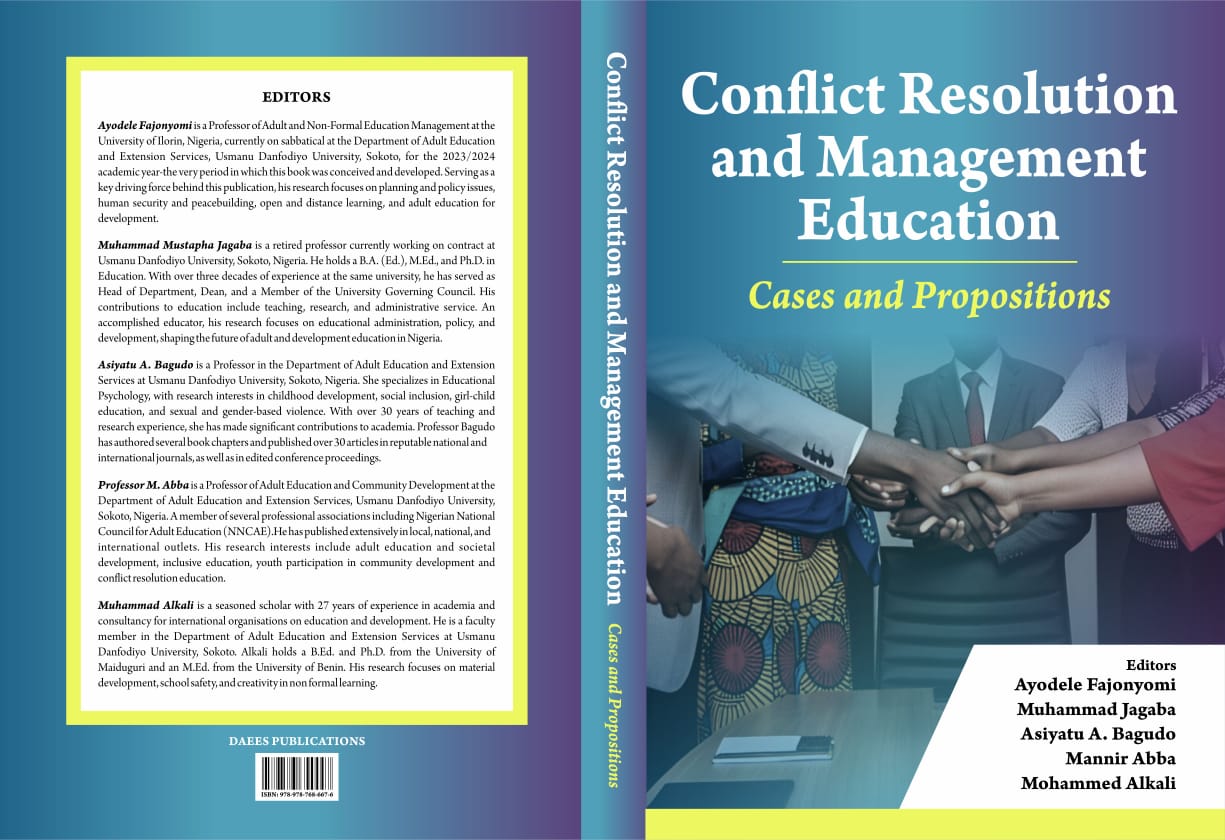Climate Change Reflections in Conflict Resolution: A Call for Climate Change Education in Nigeria
Abstract
The interaction involving the sun, ocean, atmosphere, clouds, ice, land and life influence the Earth‘s climate which has been recorded to be relatively stable over the last 10,000 years of the pre-industrial period (Climate Science, 2009). The reason which has been proven through various scientific researches is that the gases through which the Earth generates its warmth and coldness were relatively stable. This claim is supported by Farmer and Cook (2013) that ―today‘s climate scientists tell us that models show the temperature increase with the addition of carbon dioxide; and the models do not show the temperature increase without the increase in carbon dioxide.‖ As a result, the Earth was able to undergo its process of homeostasis (maintaining energy balance after an alteration) whenever there was an alteration up until the 1750 industrial revolution. Industrial revolution was marked with a shift from manual labour to fossil fuel driven machine-based manufacturing and changes in the way goods and services were produced. Powering industrial machines with fossil fuels and feeding the industries with logs of woods (leading to deforestation) for mass production of goods and services to better the good of humanity, marked the turning point in the earth‘s climate system. Hence, more carbons are emitted into the atmosphere and trees that are capable of removing them from the atmosphere and storing them are cut down. This phenomenon allowed carbon dioxide and other greenhouse gases to be trapped and retained in the atmosphere beyond the Earth‘s carrying capacity thereby weakening the capacity of the Earth to undergo homeostasis. As a result, Climate events such as rising temperatures, change in rainfall patterns, rise in sea level which result in extreme climate events such as drought, desertification, flooding and other climate-related stressors that exacerbate reduced availability of water, food, land, incidence of poverty and hunger, unemployment and other social, economic, and political tensions, which can lead conflict began to occur.
Downloads
Published
How to Cite
Issue
Section
License
Copyright (c) 2025 Unilorin Journal of Lifelong Education

This work is licensed under a Creative Commons Attribution-ShareAlike 4.0 International License.
